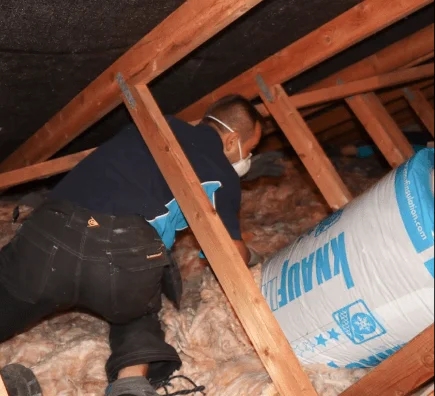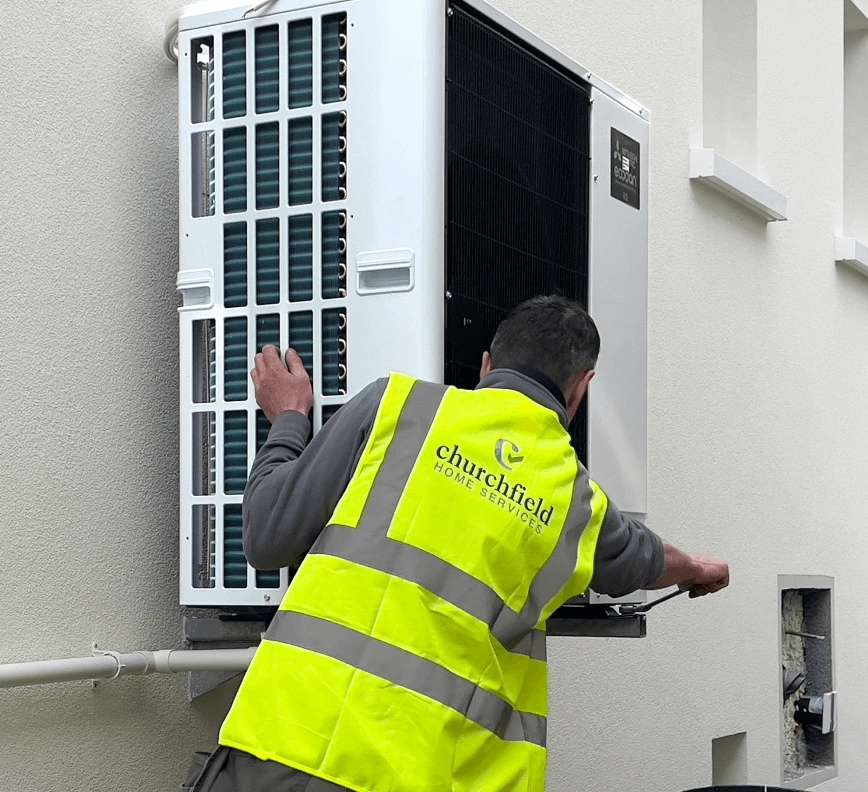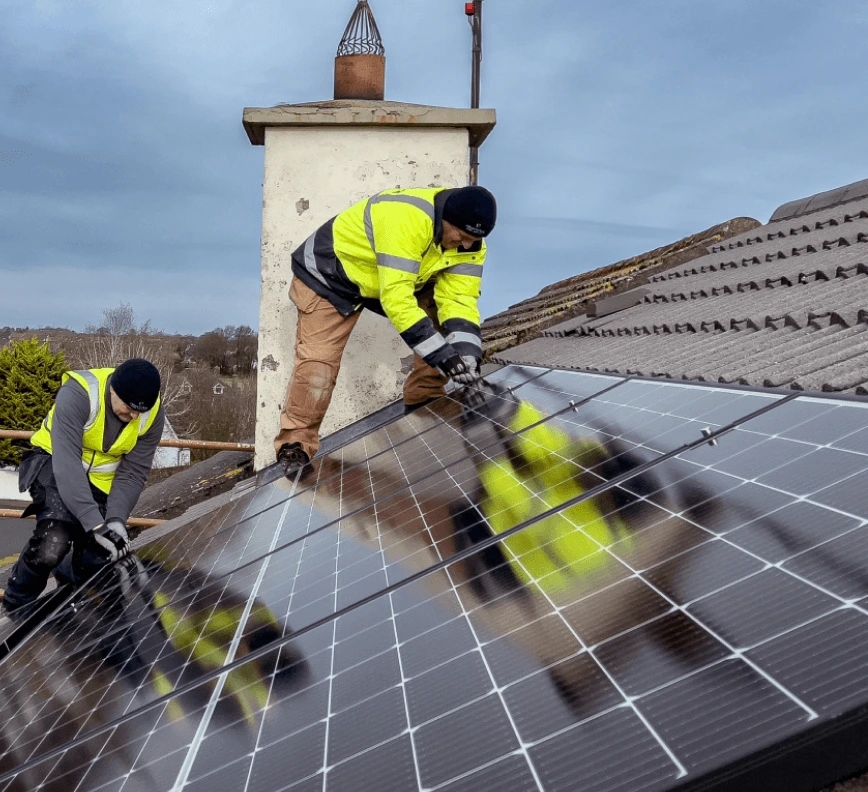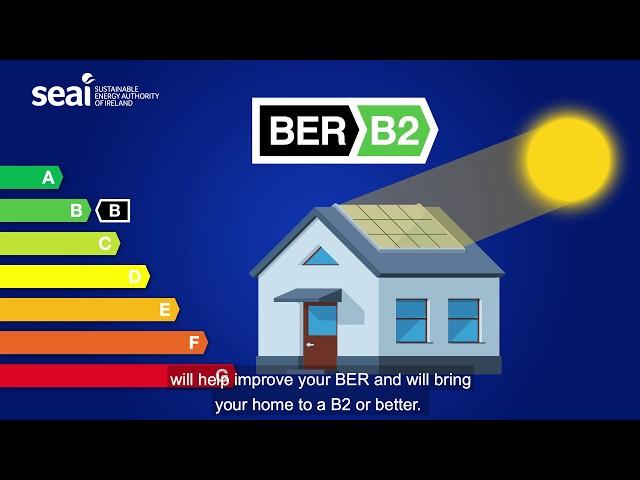Take Your First Step
Request A Free No-obligation
Consultation Today!
We'll complete a detailed Technical Assessment to make yourhome Heat Pump Ready with SEAI design recommendations.
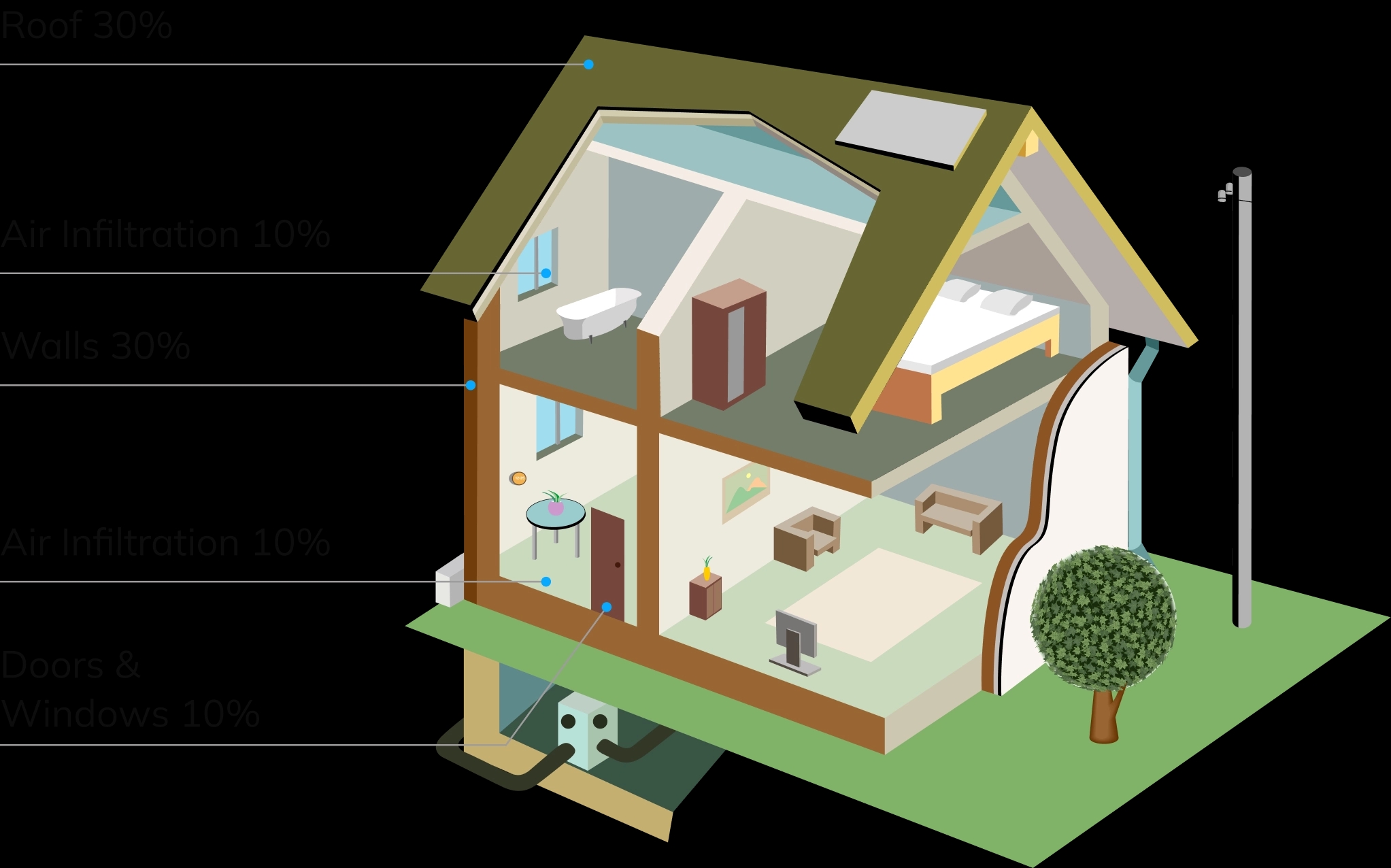
Upgrading the building fabric will reduce the heat losses through these elements and is best to be completed by taking a whole-house approach. This ensures that improvements are carried out in an organised, sensible order, with installations and refits complementing each other rather than working against each other.
Your building fabric refers to structural materials, insulation, finishes, etc., that enclose the interior of your home, separating the internal from the external.
Not all elements lose the same amount of heat or cost that same amount to upgrade, so it is sensible to recommend the measures that save the most and cost the least to begin with before including the items with the longer payback periods.
To make a house Heat Pump Ready, the following U-Value targets should be included as part of retrofit design recommendations, in line with backstop U-Values for existing dwellings as set out in TGD L Dwelling 2019.
Existing Buildings-Part L 2011
| Building Element | Minimum U-Value |
|---|---|
| Ground Floor (No Underfloor Heating) | 0.45W/m²K |
| Ground Floor (Underfloor Heating) | 0.15W/m²K |
| External Walls (Cavity) | 0.55W/m²K |
| External Walls (Not Cavity) | 0.35W/m²K |
| Flat Roof | 0.25W/m²K |
| Pitched Roof (Sloping Ceilings, Rafter Level) | 0.25W/m²K |
| Cold Roof (Ceiling Level) | 0.16W/m²K |
| External Doors, Windows, Rooflights & Curtain Walling | 1.40W/m²K |
Fabric First Approach
A ‘fabric first’ approach involves maximising the performance of the components and materials that make up the building fabric itself such as roof insulation, wall insulation, floor insulation and external windows and doors before considering upgrading mechanical or electrical building services systems such as your heating system.
This essentially reduces the amount of energy required to heat the dwelling at source...
Read MoreRenewable Heating
The next stage of the retrofit design is to introduce renewable heating sources such as upgrading existing oil, gas and other fossil fuel heating systems to heat pumps, where possible, as a cleaner, more energy-efficient way of generating heat in a home.
Heat pumps are designed to deliver a consistent low level of heating that creates a very comfortable living environment. But, in order for heat pumps to operate efficiently, it is essential that all elements of the heating system are designed correctly...
Read MoreSolar PV
Solar PV is an excellent way to further enhance the energy efficiency of your home and is usually one of the last measures that are recommended to be installed as part of your retrofit project. This is mainly due to the fact that greater savings are associated with completing the fabric and heating measures first before then adding renewable electricity to the design.
The size of the system recommended as part of your home energy assessment report...
Read More
Book Your
Home Energy Assessment Today!
Your first step to a Warm, Comfortable,
Healthy Home.
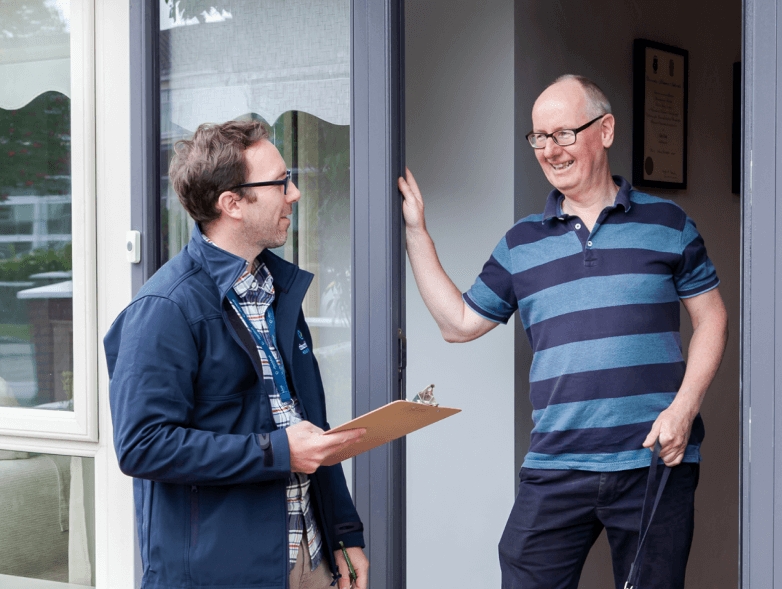
What Our Customers Say
Accreditations are important to us
Take Your First Step
Request a
Free No-Obligation
Consultation Today!





